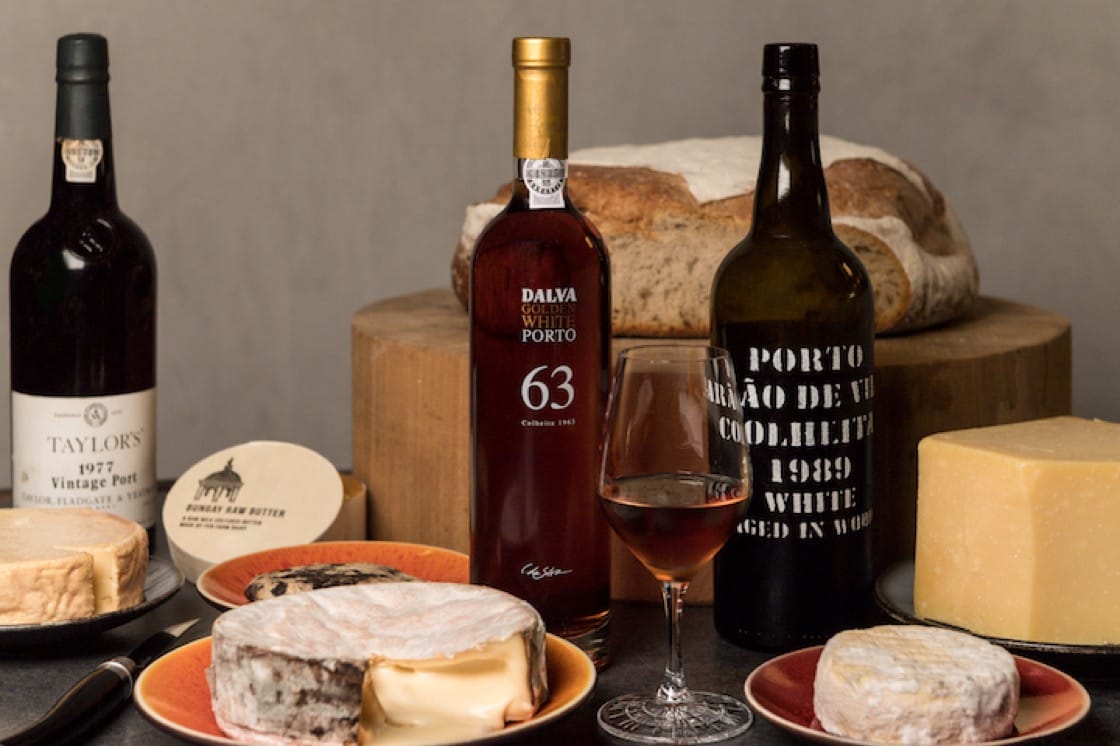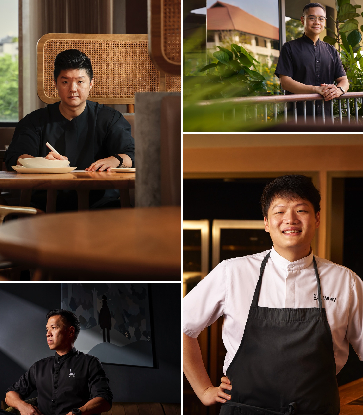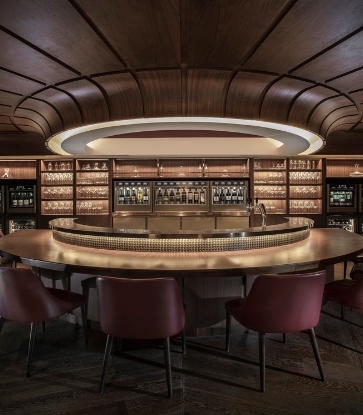
Here, he shares some anecdotes and tips for approaching this fortified wine, working up from a “starter” bottle for beginners to a label for a true port connoisseur.

Port seems like a very intimidating wine to get into. How do I develop an appreciation for it?
At Ma Cuisine, wine is explored without labels and without pretence. We don’t wish to lose our customers to the technicalities and complexities of wine that come with experience. Basically, port is a fortified wine that results from the addition of brandy during the fermentation process, retaining some of the natural sweetness from the residual sugars of the grape. Port is produced exclusively in the wine region of the Douro, Portugal, and is easily understood through recognising two main styles of port: Colheita and bottle-aged vintage.
What would make a good “starter” bottle for beginners learning to appreciate port?
I would recommend starting with Colheitas, which are Tawny ports made from a single vintage or harvest, matured in seasoned casks for a minimum of seven years or more. Produced in an oxidative style — where wine is deliberately exposed to oxygen as part of the wine-making process — the port is aged in the barrel and are ready to drink once bottled. In fact, it does not change much over time. This is an approachable style of wine and much easier to appreciate as a beginner. I would recommend starting with a port whose vintage matches your birth year; it will be one you’ll never forget.
In fact, that’s how I first discovered the universe of port. I was visiting Georges Dos Santos or Jojo, as we call him, a respected wine expert, one afternoon in Lyon in 2004. We sat in the cellar of Antic Wine, his amazing wine shop, where I first tried my birth vintage, a Dow’s 83 port. It was sweet yet delicate, and at the optimum maturity with a deep, powerful finish. I knew then that it was extraordinary and completely different from everything I had tried before. I had an epiphany; I fell in love with port and all the new possibilities I had yet to discover.

What would you move up to?
If you’re curious and want to find out more, I would recommend a bottle-aged vintage port. Vintage ports are made only in exceptional years, and only from the best grapes of a single vintage. The wine is matured in casks for two years, then matured further in the bottle. Such ports can withstand long maturation times, usually for 10 to 15 years — perhaps even improving with 40 years of maturation or more!
Bottle-aged ports need time to be ready to drink, to mature to their full potential. Learning to pick the perfect vintage at optimum maturity, and enjoying it at the right time, comes with experience. Appreciating bottle-aged vintages may require a deeper knowledge of the best years. For instance, understanding that good weather results in a good vintage is what differentiates a 1934 from a 1947 or what makes a 1970 vintage superior to a 1982 vintage.

Definitely a 1947 Colheita Port from Barao de Vilar. The grapes were hand-picked to produce a great blend with as much colour and aromatics extracted as possible. This vintage has been aged in seasoned French oak casks for more than 65 years; whether it’s enjoyed today or in 10 years, this port will still be beautiful.
Connoisseurs will be able to appreciate the subtleties of the 1947 Colheita Port. This particular vintage promises a fresh and elegant profile and delicate mouthfeel, while delivering a full concentration of aromas. This vintage has been aged perfectly and is truly exceptional.

















